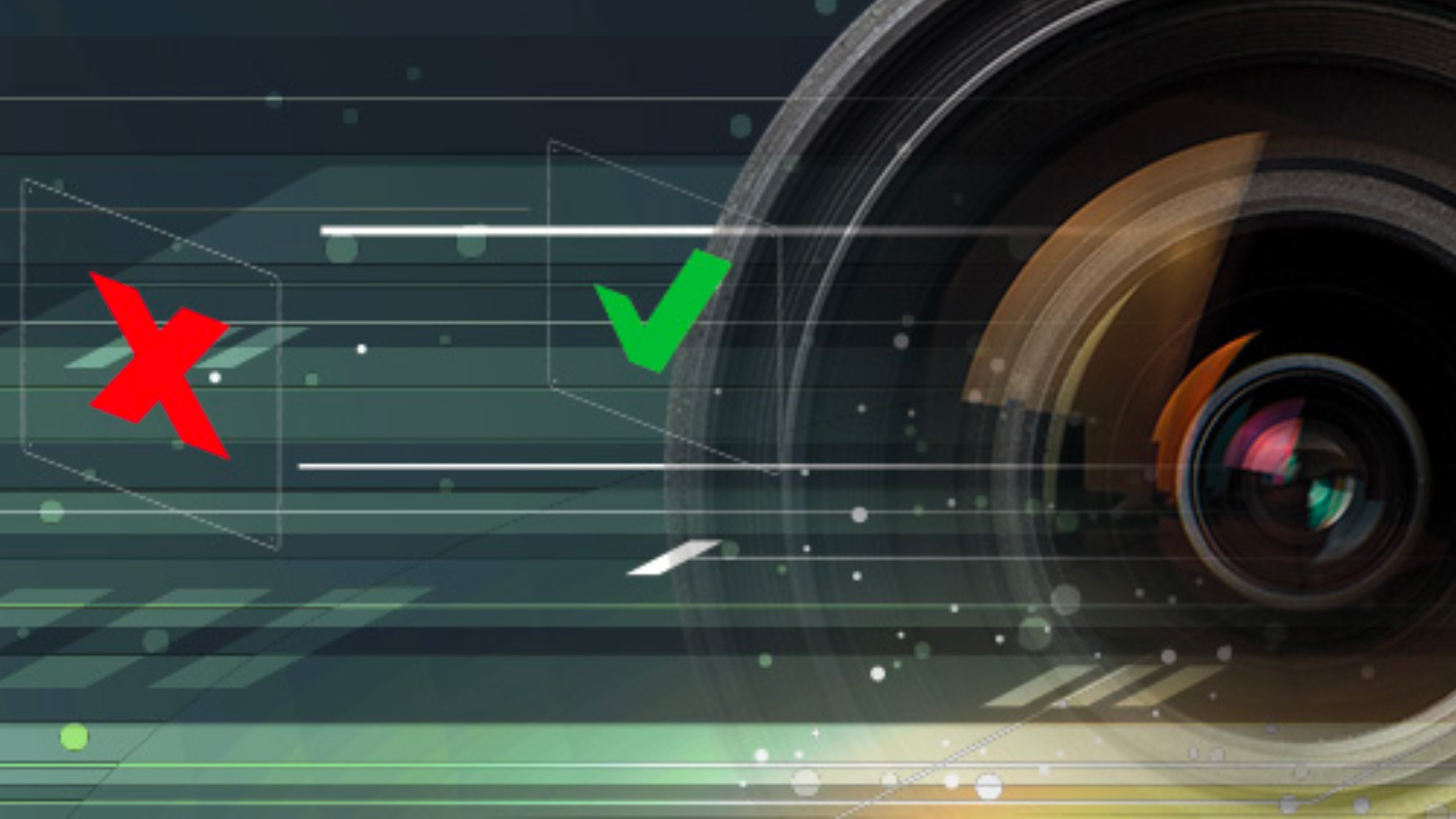How Do Vision Sensors Work?

Vision sensors, not to be confused with the digital sensors found within cameras, are a type of machine vision solution meant to perform simple presence/absence checks and provide pass/fail inspections in unstructured situations. The ability of a camera to take images is combined with the processing capacity of a computer to output results regarding the location, quality, and completeness of a produced part or product. Unlike other types of sensors, including fiber optic and ultrasonic sensors, vision sensors can handle multiple inspection points per target. This technology can also detect products or packages by pattern, feature, and color.
Vision sensors are used to inspect products across all industries. These inspections are carried out by first capturing an image, finding an object or feature in the image, and then searching for certain characteristics on that object or feature. Before inspections can be successfully run though, the field of view (FOV) must be configured. Once that’s done, an operator can use vision tools to evaluate various features for their presence, completeness, or orientation—all in a single image.
The capacity of the camera to record a properly lighted image of the inspected item is dependent not only on the lens, but also on the image sensor within the camera. To convert light (photons) to electrical signals, image sensors commonly use charge coupled device (CCD) or complementary metal oxide semiconductor (CMOS) technology (electrons). The image sensor’s main function is to capture light and convert it to a digital picture while balancing noise, sensitivity, and dynamic range. The picture is made up of pixels. Dark pixels are produced by low light, and brilliant pixels are produced by high light. It is critical to ensure that the camera has the appropriate sensor resolution for the application. Part size, inspection tolerances, and other parameters influence the required resolution. The higher the resolution, the easier it is to see the detail within the image which will lead to more accurate measurements.

What Components Make Up a Vision Sensor?
Lighting, lenses, image sensors, controllers, vision tools, and communications protocols are all components shared by vision sensors. Many machine vision hardware components, including lighting modules, sensors, and CPUs, are commercially accessible off-the-shelf. They can also be purchased as an integrated system with all components in a single device.
Vision sensors feature several hardware components:
• Lens- Captures the images and presents it to the sensor in the form of light.
• Image Sensors-Converts light into a digital image which is sent to the processor for analysis.
• Vision Processing Tools- Process and optimize an image for analysis. This is done by reviewing the image and extracting required information or by using algorithms to run the necessaryinspection and making a related decision.
• Communications- A discrete I/O signal or data sent over a serial connection to a device that is either logging information or using it.
• Lighting- Illuminates the part being inspected, allowing its features to stand out so they can be clearly seen by camera.

In many industries, companies rely on vision sensors to perform simple pass/fail inspections to guarantee products and packaging quality follow strict standards requirements. Vision sensors are commonly used to catch early manufacturing and equipment problems, helping save money and prevent loss of production time.
The first step in any sensor application is to locate or immobilize the object or feature of interest in the camera’s field of view. Edge and pattern tools do this, detecting even slightly complex features like bright objects, printed text, and rough dimensions that photoelectric sensors can’t.
Once the sensor has a reference, it uses pattern, pixel count, brightness, contrast, and edge tools to perform an inspection. The data is compared to the inspection’s specifications, tolerances, or thresholds to decide, which is then communicated as a binary data output.
Vision Tools
Vision tools play an important role for even the most basic inspections. Typical vision tools include pixel count, brightness, contrast, and edge tools. Most importantly, vision sensors inspect numerous targets within a single image and perform multiple inspections relying on different tools.
Some of these tools include:
Brightness tool: Returns the average pixel brightness for a region of interest. Illumination must be stable and predictable when using this tool.
Pattern Tool: Performs best when used on a patterned surface with precise contrast and on targets small enough to allow variability and irregularity in the field of view. This tool can be used for inspection and counting as well as reference to an inspection tool.
Contrast tool: Helpful tool if there are unpredictable changes in failed parts. High contrast is used in a target area to check presence/absence.
Source: https://www.cognex.com/en-my/blogs/machine-vision/how-do-vision-sensors-work



